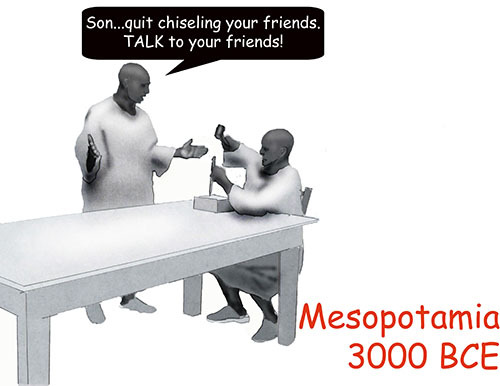
Not surprisingly, today’s students use social media as their main form of communication and connection, yet a University of Phoenix® College of Education survey conducted online by Harris Poll in April among 1,002 U.S. K-12 teachers found that only “13 percent of today’s K-12 teachers have integrated social media into classroom learning, with an overwhelming majority (87 percent) reporting they have not embraced social platforms.” In addition, more teachers say they are reluctant “to incorporate social media into classroom learning than in 2013 (62 percent vs. 55 percent).”
Can Social Media Have a Role to Play in Managing a Successful Classroom? Our talented teacher bloggers have plenty to share on this important topic in The Global Search for Education this month.
Craig Kemp (@mrkempnz) is “addicted to social media for learning!” He praises social media for keeping students engaged but also keeping teachers, like himself, engaged. He notes that Twitter in particular has fostered collaborative projects between schools and nations, and has allowed him, as well as his students, to create a wide range of new connections. Read More
Silvia Tolisano (@langwitches) stumbled over the word ‘Can’ in our prompt and even “wondered if it could say ‘Should’ or ‘Must’?” In a word, “Yes,” Silvia believes social media can play a role in a successful classroom and provides us with a list of reasons why it is a compelling option for schools. These reasons include the connectivity and collaborative aspects of social media, as well as the way more information can be disseminated more quickly. Read More
Todd Finley’s blog (@finleyt), “Got Social Media? Then You’ve Got Classroom Engagement,” points to how kids using social media is often trivialized the way any new cultural form might be. This misses how it is an emerging method to increase literacy and self-expression. Todd provides a chart that shows the constructive and connective ways that social media can improve the classroom experience. Read More
Pauline Hawkins (@PaulineDHawkins) points to the positives of social media: it’s a speedy delivery service for information from teachers to students and vice versa. But also the potential problems of students and teachers becoming too friendly online; students, sometimes with negligent parents, having no boundaries online. She recommends teaching responsibility, limits, and also pushing students outside of their social-media comfort zones. Read More
Vicki Davis (@coolcatteacher), who refers to social media as “the tool we should all be using to improve education,” surveys the changes social media has brought to parent involvement, increasing the sharing of information to larger audiences, which can be very important in a time when there are many parents working 24/7, traveling, or living in split households. Vicki notes schools have resisted this change, out of a nostalgia for the past, ignoring the possibilities of the future. “Social media and schools make powerful allies, not sworn enemies!” Read More
Richard Wells (@iPadWells) looks at how online innovations like Quad-blogging (that hooks up students in multiple classrooms, who then write for each other) can help improve students’ desire to learn and their writing skills. The cross-cultural and even global connections that are inspired can truly foster a huge improvement in the otherwise isolated and slow-going classrooms of days past. Read More
Guest blogger James Sturtevant (@jamessturtevant) points to several methods of online learning that can help students adjust to lectures and ideas, but going at their own pace, including posting lectures on YouTube. Podcasts and blogging encourage sharing and a desire to learn more. He advises that kids are now multitaskers and that teachers and parents shouldn’t take their shift in attention towards the virtual as a personal affront. Read More
Adam Steiner (@steineredtech) starts by pointing to the unfortunate fact of cyberbullying and other misuses of social media. However, he does not think the antidote is for schools to go on digital “lockdown” or block sites that foster communication. He points instead to ways that schools can embrace, educate, and empower their Internet using students. Read More
Karen Lirenmann (@KLirenman) believes social media is a crucial tool for learning. She gives specific examples of how it can help teach children about the world and to express themselves. “People see what we are learning and want to learn with us, OR we see what people are learning and we want to learn with or from them.” Read More
Tom Bennett (@tombennett71), Joe Bower (@joe_bower), Susan Bowles (@FloridaKteacher), Lisa Currie (@RippleKindness), Vicki Davis (@coolcatteacher), Todd Finley (@finleyt), Pauline Hawkins (@PaulineDHawkins), Craig Kemp (@mrkempnz), Karen Lirenman (@KLirenman), Adam Steiner (@steineredtech), Silvia Tolisano (@langwitches) and Richard Wells (@iPadWells) are The Global Search for Education 2014 Top 12 Global Teacher Bloggers.
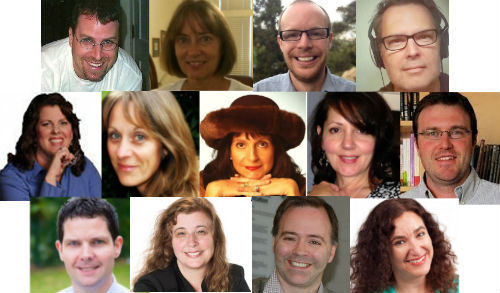
(Lead photo is courtesy of James Alan Sturtevant)
Join me and globally renowned thought leaders including Sir Michael Barber (UK), Dr. Michael Block (U.S.), Dr. Leon Botstein (U.S.), Professor Clay Christensen (U.S.), Dr. Linda Darling-Hammond (U.S.), Dr. MadhavChavan (India), Professor Michael Fullan (Canada), Professor Howard Gardner (U.S.), Professor Andy Hargreaves (U.S.), Professor Yvonne Hellman (The Netherlands), Professor Kristin Helstad (Norway), Jean Hendrickson (U.S.), Professor Rose Hipkins (New Zealand), Professor Cornelia Hoogland (Canada), Honourable Jeff Johnson (Canada), Mme. Chantal Kaufmann (Belgium), Dr. EijaKauppinen (Finland), State Secretary TapioKosunen (Finland), Professor Dominique Lafontaine (Belgium), Professor Hugh Lauder (UK), Lord Ken Macdonald (UK), Professor Geoff Masters (Australia), Professor Barry McGaw (Australia), Shiv Nadar (India), Professor R. Natarajan (India), Dr. Pak Tee Ng (Singapore), Dr. Denise Pope (US), Sridhar Rajagopalan (India), Dr. Diane Ravitch (U.S.), Richard Wilson Riley (U.S.), Sir Ken Robinson (UK), Professor Pasi Sahlberg (Finland), Professor Manabu Sato (Japan), Andreas Schleicher (PISA, OECD), Dr. Anthony Seldon (UK), Dr. David Shaffer (U.S.), Dr. Kirsten Sivesind (Norway), Chancellor Stephen Spahn (U.S.), Yves Theze (LyceeFrancais U.S.), Professor Charles Ungerleider (Canada), Professor Tony Wagner (U.S.), Sir David Watson (UK), Professor Dylan Wiliam (UK), Dr. Mark Wormald (UK), Professor Theo Wubbels (The Netherlands), Professor Michael Young (UK), and Professor Minxuan Zhang (China) as they explore the big picture education questions that all nations face today.
The Global Search for Education Community Page
C. M. Rubin is the author of two widely read online series for which she received a 2011 Upton Sinclair award, “The Global Search for Education” and “How Will We Read?” She is also the author of three bestselling books, including The Real Alice in Wonderland, is the publisher of CMRubinWorld, and is a Disruptor Foundation Fellow.
Follow C. M. Rubin on Twitter: www.twitter.com/@cmrubinworld


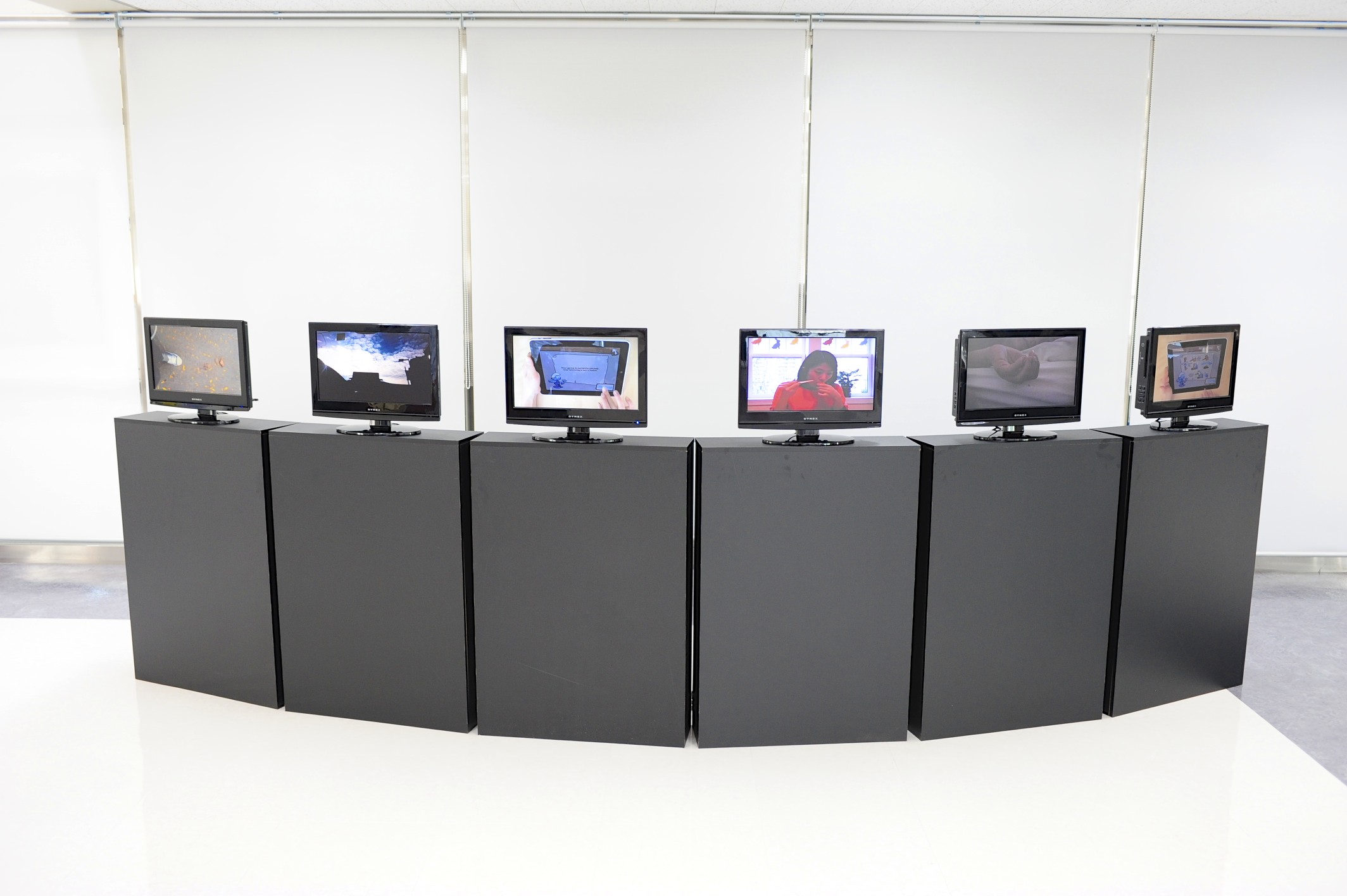
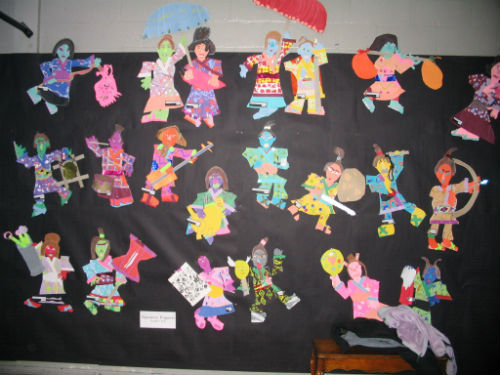

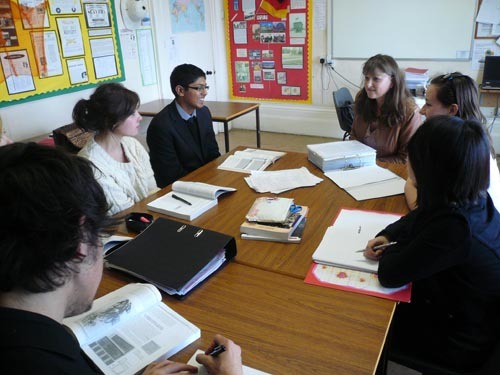
Recent Comments